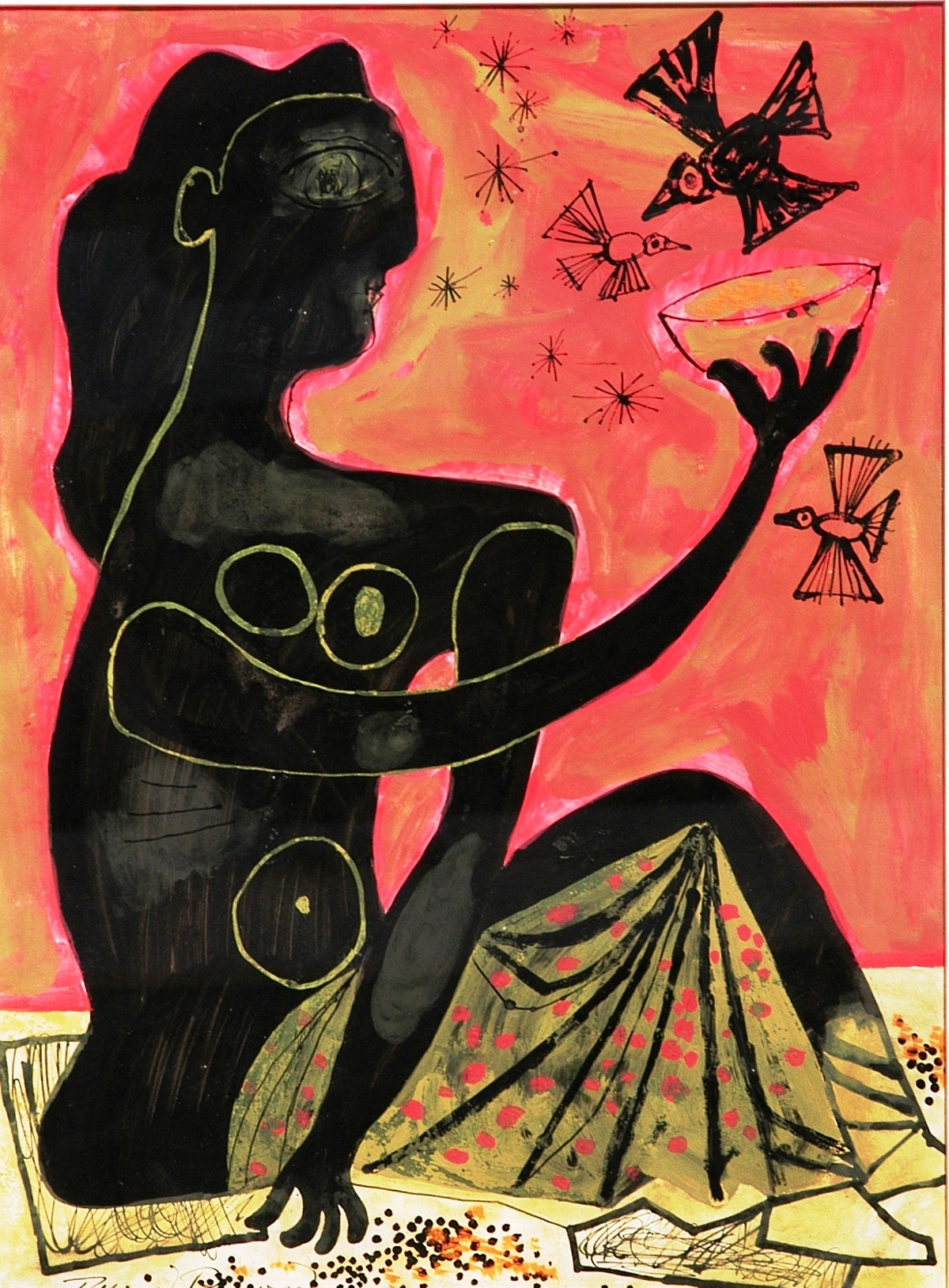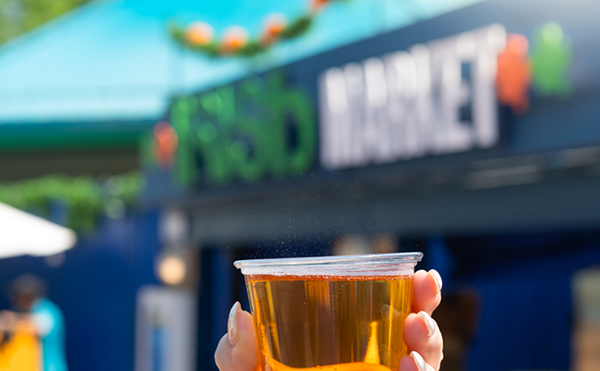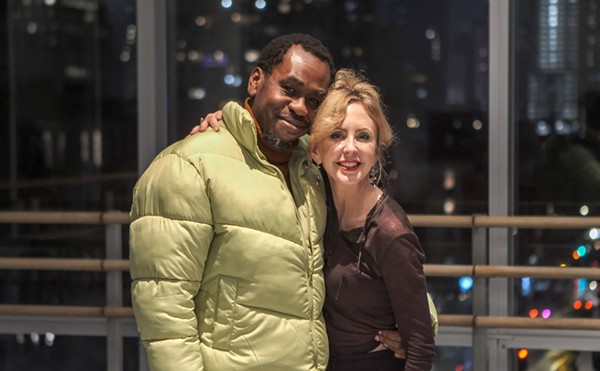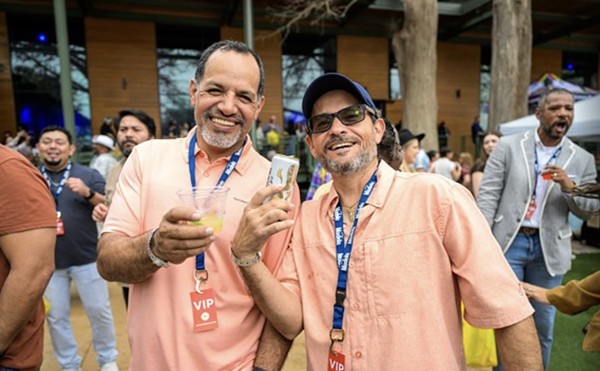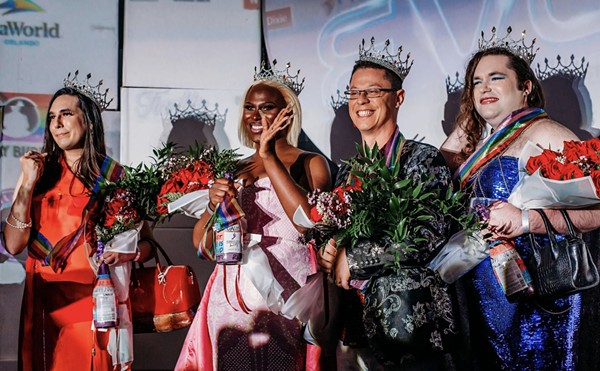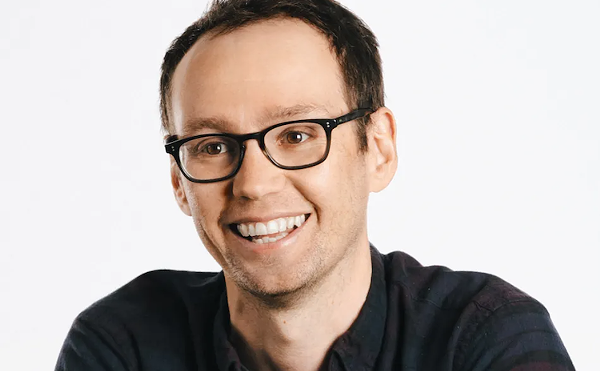DeLand's leafy mien is a welcome respite from the hot chaos of the city, reassuring the visitor there is still order in this world. On Woodland Boulevard's busy sidewalk, a nude on a large banner boldly proclaims the Museum of Art's new show, and this small Southern town is swinging enough to go with it. Urbane sophistication is this museum's sly manner, and with Byron Browne and Peter Reginato, the visitor is treated to modern art's rich visual story, once the sole province of the metropolis. In this museum both Browne and Reginato come across innocent and fresh, revealing playfulness.
A giant bouquet of brightly colored wriggles and curvoids greets the visitor in the lobby. "Hot House," one of Reginato's larger pieces, explores forms and shapes eerily familiar – that is, if the paintings of Paul Klee, Joan Miró or Wassily Kandinsky have ever passed by the viewer's eye. Reginato breaks them off the canvas and into the third dimension. They reach out and exuberantly capture space with wire cages, spirals and irregular flat plates at completely odd angles. Reginato acknowledges his inspiration from these groundbreaking artists, and pushes them into new territory with sculpture.
In our ephemeral digital age, even plastic seems meaty and old-school, so these welded-steel structures are impossibly out of our time. (Oh, the '90s!) Upon closer inspection, the cobalts and scarlets are brushy, lumpy and soft. An untitled small work sprouts colorful magenta and yellow curlicues out of a green trunk, its pink and blue roots undulating over the pedestal's white surface. The urge to stroke its friendly form is almost irresistible, as if it were a toy.
Upstairs, Byron Browne's portraiture continues the story of modern art's joyful experimentalism. "Blue Lion," a 1936 figure study, incorporates a strong black texture into a classic Cubist composition, with the titled figure depicted in a series of geometric shapes. Browne, a militant campaigner for modernism in his day, helped pave the way for abstraction, and his sure hand is seen in paintings such as "Fourth of July," a beautifully abstract impression of this American nighttime celebration.
Like Reginato, Browne's work on the surface appears chaotic and unorganized, yet there is a deep structure to these that yields to the viewer upon contemplation. Both artists were members of the avant-garde, seeing abstraction as the predominant way to express ideas. Yet, as Browne once famously said, "There cannot be a new art without a solid basis in understanding of past art." His art, along with Reginato's, is now that basis, for us to see into the new art of today.

